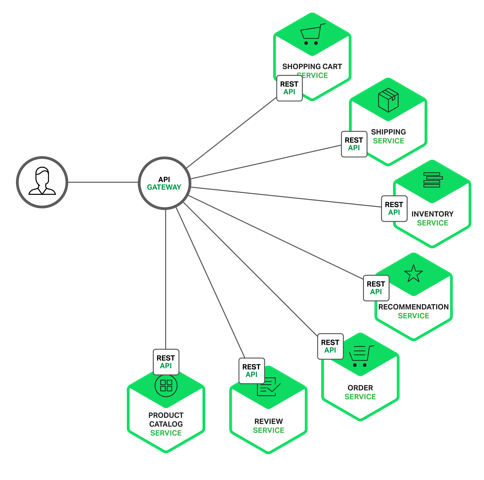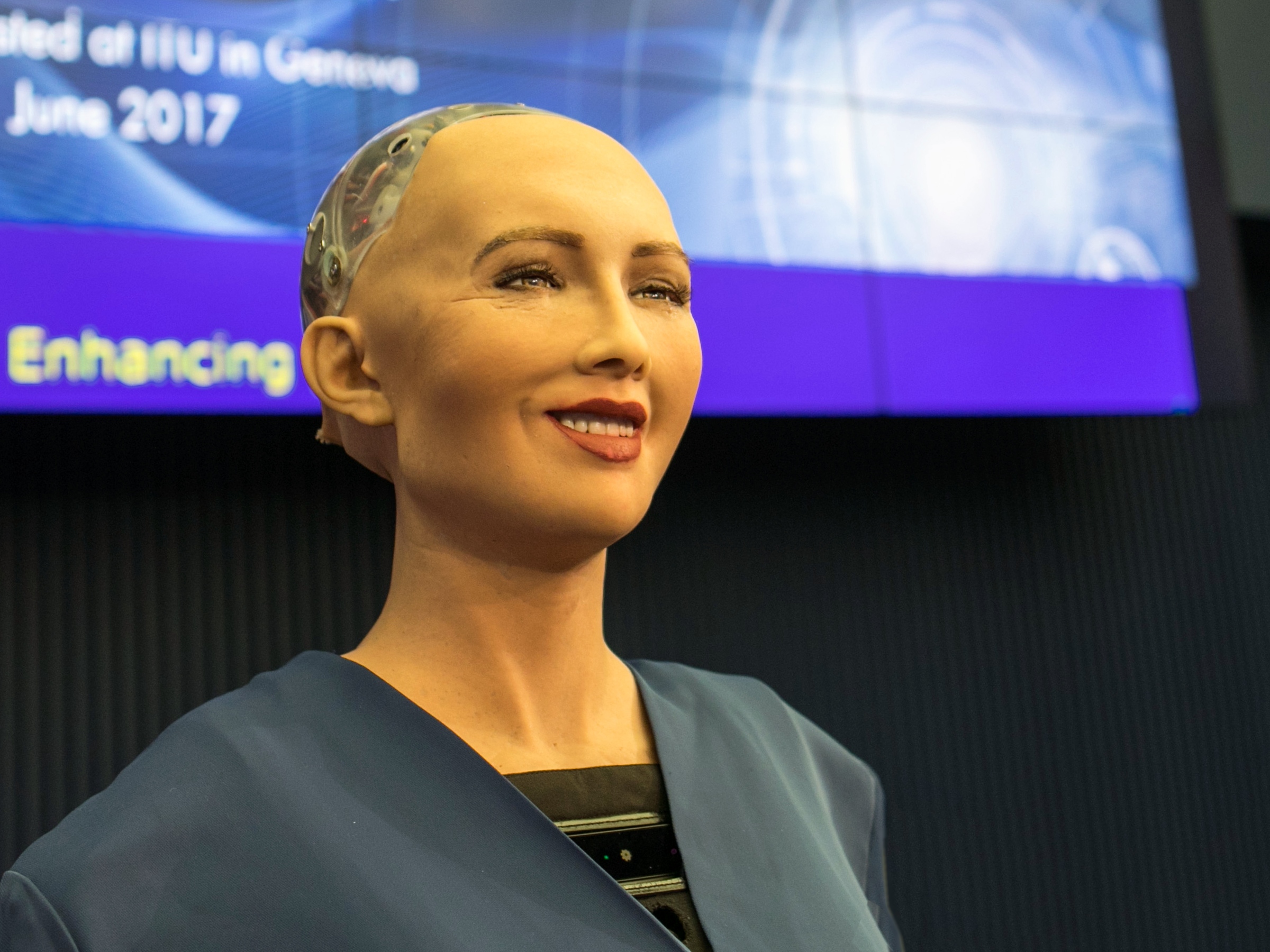Blockchain in simple terms is a chain of blocks. In computer science terminology it is a singly linked list. Each block stores a pointer to previous block along with some data. And hence the name.
How is Blockchain stored?
Blockchain is a distributed ledger comprising of several computers referred as “nodes”. Each node stores entire copy of the chain. Each such copy is independently verifiable. Whenever a new node joins the network, it receives entire copy of the chain.
Characteristics of Blockchain:
- Distributed – As mentioned above, there is no single node which is controlling the blockchain. As a result this makes it a distributed system.
- Robustness – Since it is a distributed system, it gives robustness to the system. Failure of any single node doesn’t make the system inaccessible, unusable or unstable.
- Secure – The data in each block could be encrypted. Each block maintains the reference to previous block. The reference for the current block is derived by using encryption algorithm i.e. hashing the data. As a result, if the data inside the block is changed, the hash also changes. This in turn invalidates rest of the chain on that node. In a distributed system, such nodes get rejected and hence once your data is added to blockchain it is nearly impossible to modify that record.
- Transparent – The transparency is only to the extent that every node has a complete copy of the chain. However, data inside each block could be encrypted and hence not every node would be able to read the data.
But what is the use of blockchain?
It has several possible uses. One which currently a buzzword is – Bitcoin – cyrptocurrency. More about this sometime later.
Among other uses, one can use this technology to maintain land records or medical history, audit trail or insurance claim. Typically, where you need to ensure sanctity of entire record, you could put blockchain to use.
Related Links
Related Keywords:
Cryptocurrency, Bitcoin, Ethereum, Cryptography


